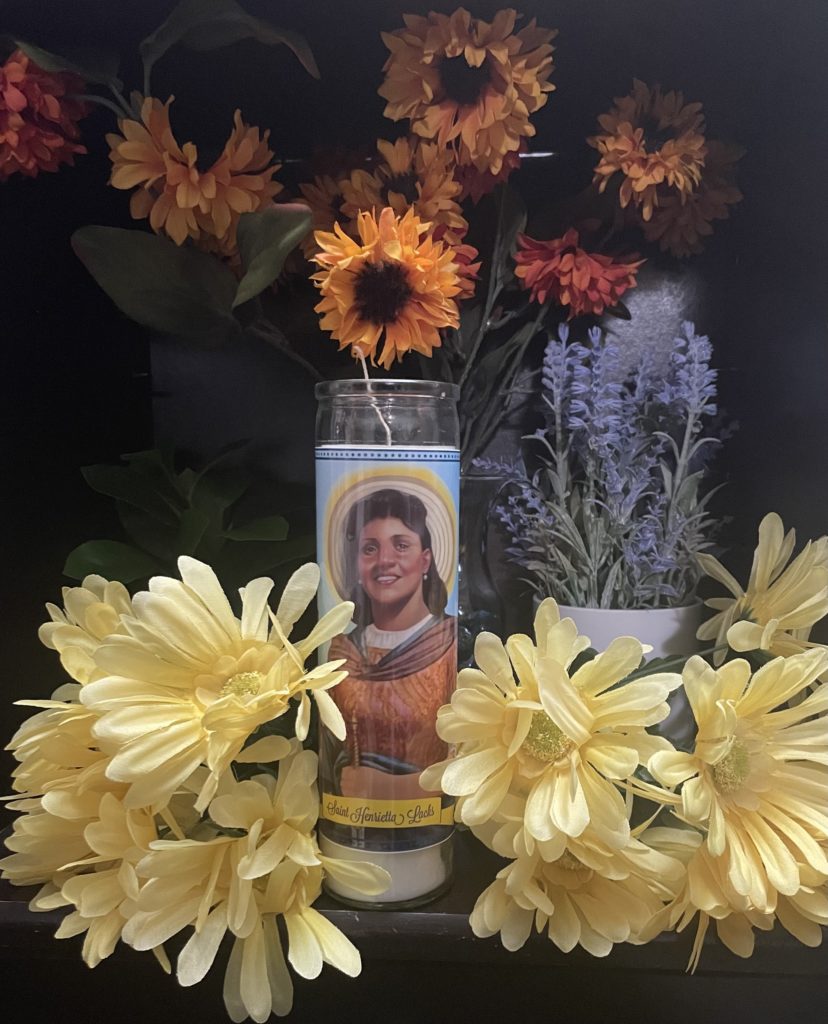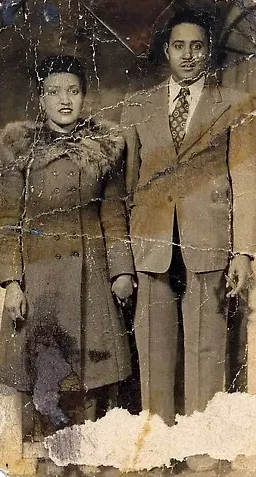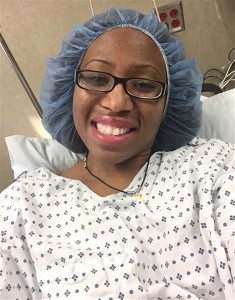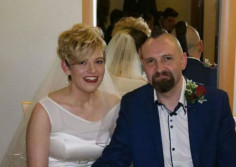I first heard about Henrietta Lacks through a friend three years ago when she shared a news article about Johns Hopkins naming a new research building after her. In that article, I learned that “Henrietta Lacks was a young mother of five from eastern Baltimore County who, despite radiation treatment at the Johns Hopkins Hospital, died in 1951 of an aggressive cancer. Lacks was the source of the HeLa cell line that has been critical to numerous advances in medicine.”
When I first read the article, I thought that was pretty cool that Johns Hopkins was trying to right the wrong they had done decades prior; they took Henrietta’s cells for scientific study without her permission and immediately reaped the benefits of science because of her. But she died from the aggressive cancer. I understood when I read the article that naming a building in her honour is nice and all, but I feel there is still so much more that needs to be done to do right by her family specifically.
You might be asking, “how does the story of Henrietta Lacks relate directly to Endometriosis?”
Over the past 19 years, I have subscribed to several medical journals in an effort to try to learn more about endometriosis. Whenever I felt I had a decent understanding of the research, I would regurgitate what I learned by posting to this blog. Occasionally I would run across the term “HeLa” in some of those research papers, but the science and language of the papers was over my head, so they never got posted here, though I kept them in a folder1, 2, 3. So while I had seen the term “HeLa” in endometriosis-related research papers and medical studies, I didn’t know the Very Important History behind the HeLa cells.
Even at the time of seeing the Johns Hopkins article my friend had posted three years ago, I still hadn’t quite put the history and significance together. It was one of those “I think I’ve seen that term somewhere before but can’t recall where…” and in fact, it had been almost a decade since I’d seen that term, as indicated by the linked references above. This also sadly corresponds to me having abandoned blogging about endometriosis for many years in the wake of a devastating divorce, whereupon I was made to feel that I was ‘obsessed’ with being sick by constantly talking about endometriosis with friends, family, in my blog and in my video series. The ex spouse used this as justification for their affair, and even went so far as to say that he couldn’t take care of me anymore, despite the fact I was employed full time as a preschool teacher and was also engaged in hobbies outside of the home at his request. But I digress…
As I was saying, I still hadn’t quite put the history and significance together.
Until May 2021.
That’s when another friend shared an MLive article about Henrietta Lacks – this time in regards to the COVID-19 vaccine. I was moved by the article in many regards:
- I didn’t know the Pfizer vaccine for COVID-19 was developed in Michigan until I read that article, and it just so happens that the Pfizer vaccine is what I received in April, 2021, and I’m also originally from Michigan.
- The vaccine was developed using the HeLa cell line, and the article went into much more detail about Henrietta Lacks and her family legacy than the Johns Hopkins article had.
- And her great nephew Jermaine lives in Michigan, and has been honouring his Great Aunt Henrietta by teaching others about her and how her immortal cells are contributing to major scientific breakthroughs to this very day.
- Jermaine started out with an art exhibit in a Kalamazoo Michigan library, then developed a virtual presentation to continue educating people during the pandemic, and now he’s taken it on the road as The Immortal Life of Henrietta Lacks Traveling Museum.
Additionally, there is also a book, published in 2010 titled The Immortal Life of Henrietta Lacks, which I finally purchased last year. Rebecca Skloot, the author of that book, also created The Henrietta Lacks Foundation, which I donated to. The Foundation’s statement reads:
Established in 2010 by Rebecca Skloot, author of The Immortal Life of Henrietta Lacks, the Foundation is inspired by the life of Henrietta Lacks, whose cancer cells—code named HeLa—were taken without her knowledge in 1951. They became one of the most important tools in medicine—with damaging consequences for her family, many of whom often struggled to get access to the very health care advances their mother’s cells helped make possible. Unfortunately, there are numerous examples of historic research studies conducted on individuals—particularly within minority communities—without their knowledge or consent. These include the Tuskegee Syphilis Studies, the Human Radiation Experiments, and others. The Henrietta Lacks Foundation seeks to provide assistance to individuals and their families who have been directly impacted by such research. The Foundation also seeks to promote public discourse concerning the role that contributions of biological materials play in scientific research and disease prevention, as well as issues related to consent, and disparities in access to health care and research benefits, particularly for minorities and underserved communities.
The Henrietta Lacks Foundation
In May 2021 after reading the MLive article, I was so overcome with gratitude for the immortal cells of Henrietta Lacks that I declared, “I need a Henrietta Lacks saint candle, okay?”
Saint Candles are pretty pop-culture, but I couldn’t find one anywhere for Henrietta Lacks. In December 2021, I searched again to no avail, so I looked up some companies creating Saint Candles and picked one I felt might be a good fit. I emailed a store in New Orleans called Mose, Mary and Me. I told them a bit about Henrietta Lacks and why I felt she should have a Saint Candle. Initially it was a custom order for me and my friend who had told me about Mrs. Lacks a few years ago, but both me and my friend hoped the candle would also be added to Mose Mary and Me’s existing line of candles. Great news! It has! You can buy a Saint Henrietta Lacks candle, too! Mose Mary and Me chose the image based upon a painting of her at the Smithsonian National Portrait Gallery (read about the portrait here).
If you purchase a Saint candle, please also pop over to the Henrietta Lacks Foundation and make a donation so that we may also continue to honour her family and the Black community while we thank Henrietta Lacks for the medical breakthroughs that have allowed us to better understand endometriosis.
























